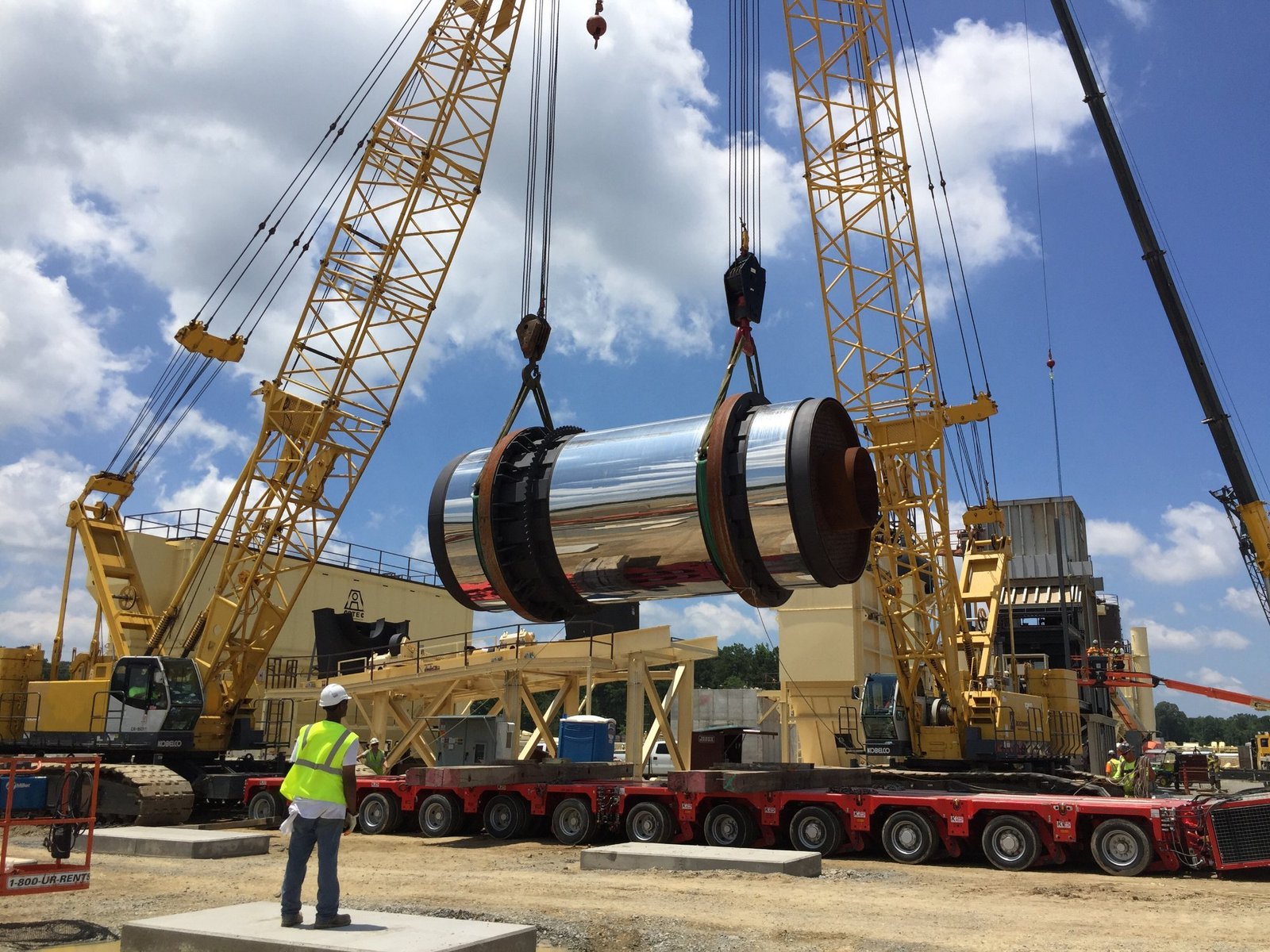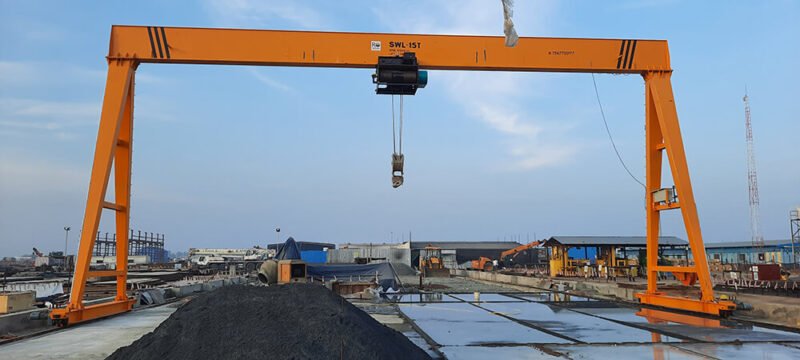
Services
Erection & Commissioning
Erection and Commissioning are critical stages in the lifecycle of heavy machinery, such as cranes, that involve the physical assembly and operational testing of equipment at the installation site. These processes ensure that the machinery is properly set up, meets all technical requirements, and is ready for safe and efficient operation.
Erection and commissioning are vital stages in ensuring that a crane operates safely and effectively at its intended site. Erection involves physically assembling the crane and ensuring its components are correctly installed, while commissioning involves testing the crane’s systems and components to verify proper operation.
Erection of Cranes
The erection phase involves the physical assembly and installation of a crane, including the assembly of its components, structural elements, and systems at the construction site. The goal is to bring the crane from a disassembled or partially assembled state to full functionality, ready for commissioning and operation.
Site Preparation
- Ground Assessment: The site where the crane will be installed must be assessed to ensure it can support the crane’s weight and stability. This includes checking the soil conditions, ensuring a level base, and making provisions for any required crane mats, pads, or reinforced foundations.
- Access Routes: Ensuring there are clear access routes for cranes, parts, and construction equipment to enter and exit the site.
- Safety Setup: Establishing safety zones around the crane’s installation area, marking potential hazards, and ensuring compliance with safety regulations.

Crane Assembly
- Main Structure Assembly: The assembly of the crane’s main structural components, including the tower, base, jib/boom, counterweights, and other major elements. This can involve cranes of different sizes (e.g., mobile cranes) to assist in lifting and positioning the larger components.
- Mechanical Systems Installation: The installation of mechanical systems such as the hoisting system (winches, drums), motors, gearboxes, and hydraulic systems.
- Electrical Systems Installation: Wiring and connecting the electrical systems, including the control panel, safety devices, lights, and communication systems.
- Hydraulic Systems Installation: The crane’s hydraulic systems need to be connected and tested for pressure, leaks, and functionality. This includes the boom hoist, outriggers, and other hydraulic operations.
- Safety Devices Installation: Installing load moment indicators (LMI), anti-two block systems, emergency brakes, and other safety systems.
Commissioning of Cranes
Commissioning is the process of testing the crane’s systems and components to ensure it operates as intended, safely, and efficiently. The commissioning phase confirms that all systems, both mechanical and electrical, are functioning correctly before the crane is put into full operation.
System Testing
- Electrical System Testing: This includes testing all electrical circuits, sensors, and communication systems. The control panel, wiring, and power systems are checked for functionality. This includes testing safety systems such as the emergency stop and limit switches.
- Hydraulic System Testing: The hydraulic systems are tested under pressure to ensure they operate properly. This includes the hydraulic pumps, motors, and cylinders, and verifying that they can handle the required load.
- Mechanical System Testing: Verifying the operation of hoisting mechanisms, winches, gears, and brakes. The system is tested for smooth operation and to ensure there is no undue wear or overheating during operation.
Safety Systems Testing
- Overload Protection: Ensuring that the crane’s overload protection systems are working correctly, including the load moment indicator (LMI) and anti-two block systems.
- Limit Switches: Testing of limit switches, such as height, swing, and rotation limiters, to ensure that the crane stops its movement when necessary.
- Emergency Stops and Alarms: Verifying that emergency stop buttons, alarms, and emergency shutdown systems are operational in case of a malfunction.
Documentation and Certification
- Compliance and Certification: After successful commissioning, the crane must be certified for use. This includes documentation that the crane has been erected and commissioned according to the manufacturer’s specifications and safety regulations.
- Inspection Reports: Detailed inspection and testing reports are prepared, which should include the results of all load tests, safety tests, and equipment checks.
- Manufacturer’s Warranty: Once commissioning is complete, the crane may be covered by the manufacturer’s warranty, provided the commissioning process was carried out correctly.
